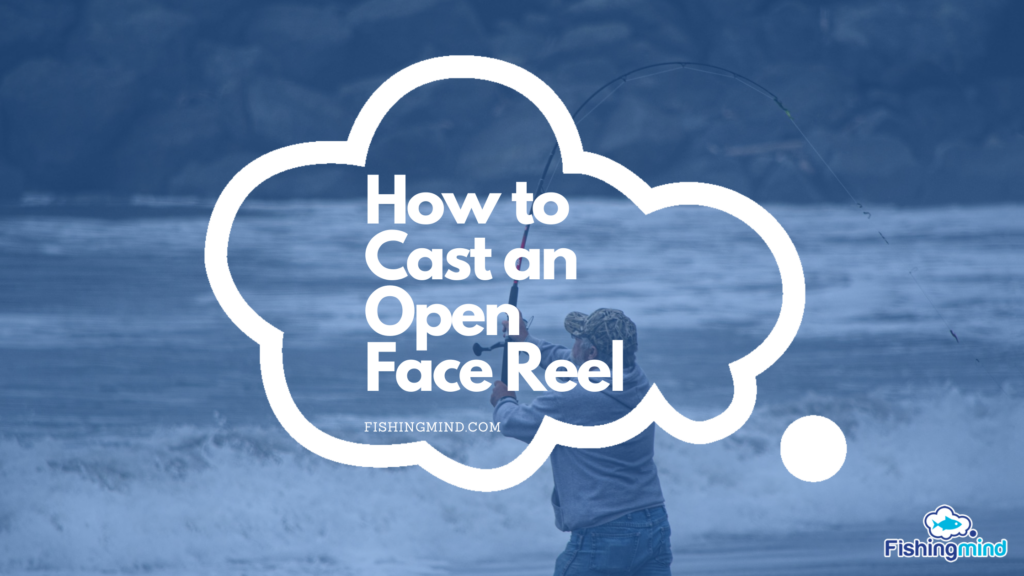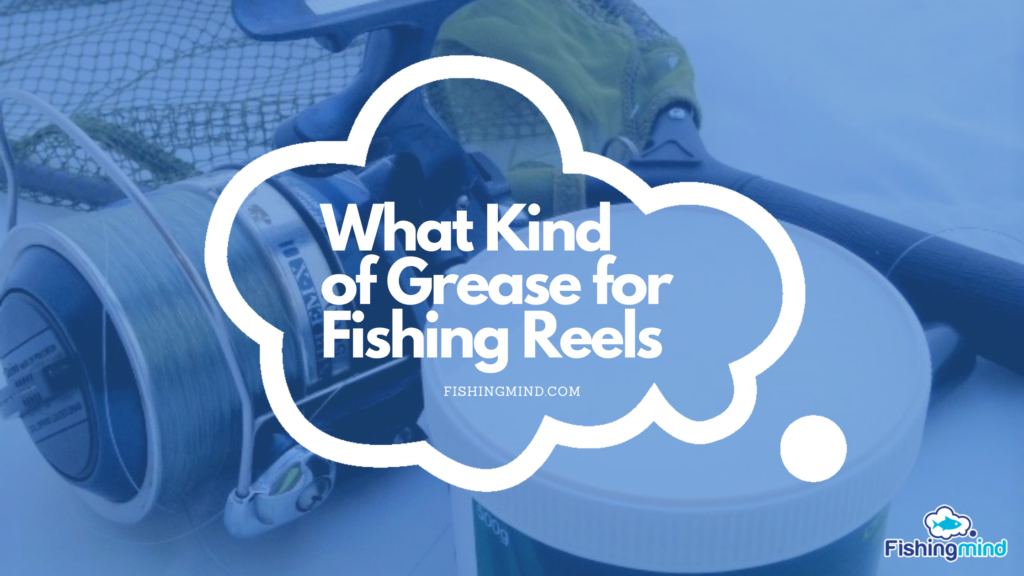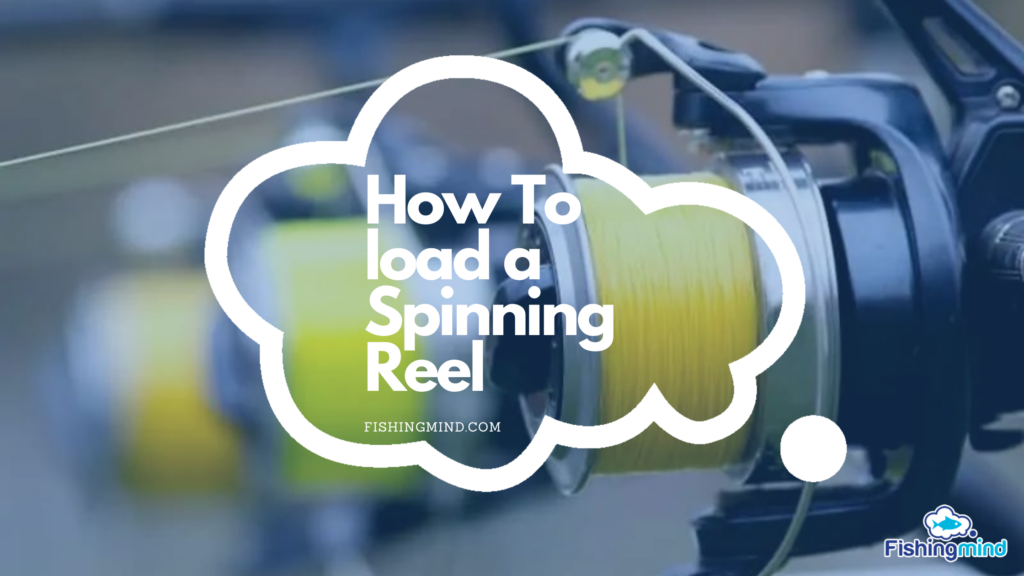Open face reels or spinning reels are among the most widely used fishing reels. Their general application, ease of use, and excellent lightweight fishing make them a handy option for anglers, both young and old alike. But like any other reel, the actual results come when you use it correctly. To make sure that you develop the best technique, we’ve put together this handy guide to casting an open face reel.
We’ll give you a full rundown of what makes up the open face (or spinning) reel, how best to cast it, and conclude with a few tips on how to enhance your use. Let’s begin!
Parts of your Open Face Reel.
Before we get into detailed steps about how to cast an open face reel, it’ll help if we understand the reel and its components first. That way, the instructions that follow will be more precise and easier to take in.
A standard open face reel comes with the following components.
The Drag
The drag is the knob located at the top end of your reel. It’s the system that you use to control the degree of tension on your line. You can turn the dial at the top to play around with the frictionless plates and find that optimum tension. And it’s a crucial factor when you’re reeling in a fish that’s also trying to escape.
The Spool
The spool is essentially the housing that contains your line. It’s located just below the drag we described above. The center is usually a circular or tubular unit. And your fishing line wounds in or out, depending on your action. Keeping track of your spool’s capacity will reveal how much fishing line it can accommodate.
The Bail
The bail is one of the most vital parts to learn about when it comes to casting. That’s because the bail takes care of two critical roles in your reel. Firstly, it’s the trigger you use for casting out the line. When you reel in your line, you’ll have to close the bail too. Secondly, the bail allows your line to roll off or into the reel in an organized manner. If the bail were missing, your reeling line would have no direction and unnecessary wear and knots.
The Anti-reverse switch
The anti-reverse switch is a component you’ll find at the bottom of your open-face reel. It’s a switch that lets you reel in reverse without depending on the drag system for the required tension. It’s handy when you’re reeling in lighter and smaller catches.
How to cast an open face reel
Step 1: Hold the reel correctly
Holding your reel mostly comes down to personal preference. So, there are a variety of ways you can try it to decide which one suits you. However, the only condition is that your index finger should be able to reach the line.
Some anglers prefer having one or two fingers in front and behind the reel. Others may prefer having the whole hand in front of the reel or above.
Step 2: Position your Index finger and engage the bail.
Take your index finger and lightly latch on to the fishing line. You’ll have to let the line lie on your finger gently yet firmly. If it’s too light, you’ll have no control over the cast. If it’s too tight, the line will snag your finger, and you’ll lose both accuracy and distance. Once your index finger is in position, open the bail to prepare the reel for casting.
Step 3: Casting your reel
You’ll have to pick what type of cast you want to perform. For instance, an overhead casting is a more common option, while a sidearm cast is more useful in specific situations. As the name suggests, the overhead involves casting your line vertically over your head and down into the water. On the other hand, the action for a sidearm cast runs parallel to the water. If used correctly, it can help you navigate overhanging branches and obstacles over the water.
Regardless of which style you pick, generating the right speed and letting go of the line at the right moment is essential. It’s not the size of your swing alone that determines what distance you get. Most of the time, it’s the flick and tip speed of your arms that control the distance.
To execute your open face reel casting, imagine that you’re standing in the middle of a giant clock. Now, pull back your reel to about 2 O’clock behind you. Then, as you swing your rod forward, let go of the line when your fishing rod is about 11 O’clock in front of you.
This way, it should give you the maximum distance without compromising on placement and accuracy.
Step 4: Close the bail.
Once your line is out in the water, we advise you to manually close your reel’s bail. You have the option of completing it as you’re reeling in your line. But that will add tiny twists to the line every time you reel in. And over time, these small twists will accumulate to bigger snarls later on.
So, manually closing it is better for both the reel and your casting in the long run.
That’s it! That’s how easy it is to cast an open-face reel.
Final notes and tips
Here are a few tips that can enhance your casting.
- Let the lure/bait hang about 6 – 8 inches from the top of the rod. You can adjust the length depending on your swing and the lure’s weight.
- Go for the sidearm cast if your lure is lightweight or you’re fishing in the flats.
- Get the correct ratio of bait to the line. If your lure and fishing lines don’t work together well, most of your casting will be sub-par.
Learning how to cast an open face reel isn’t all that difficult. However, getting that refined accuracy and impressive distances will require continued practice. So keep checking back on this space to find more resources on how to perfect your fishing techniques.





